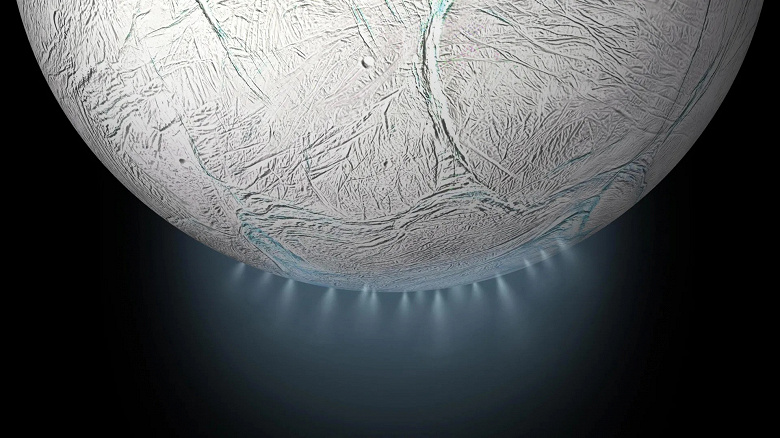Discovering Thermal Activity Beyond Expectations
A team from Oxford University, the Southwest Research Institute, and the Planetary Science Institute has unveiled a groundbreaking discovery about one of Saturn’s most intriguing moons, Enceladus. Long thought to be geologically dormant outside its southern geysers, Enceladus has now been revealed to emit energy from its northern pole as well. This new observation indicates that Enceladus is significantly more thermally active than previously assumed, with its subsurface ocean being replenished by a dynamic flow of energy.
The Science Behind Tidal Heating
Enceladus is an icy satellite that conceals a global saline ocean beneath its surface. Containing liquid water, warmth, and vital chemical elements like phosphorus and organic compounds, this environment positions Enceladus as a prime target in the search for extraterrestrial life within our Solar System. For life to arise and be sustained, the ocean must remain liquid over extended periods, a challenge addressed by balancing internal heat generation and loss to space.
The newly acquired data, derived from the Cassini spacecraft’s CIRS infrared spectrometer, covers the periods of polar winter in 2005 and summer in 2015. Scientists identified the northern pole’s temperature exceeding model predictions by roughly 7 K. This excess heat is attributed to a constant upward heat flow from the subsurface ocean, maintaining temperatures near 0 °C, beneath a frigid surface of about -223 °C.

The Energy Equation
Calculations show the heat flow at the northern pole as 46 ± 4 milliwatts per square meter. Though seemingly modest by cosmic standards, this translates to nearly 35 gigawatts of energy across Enceladus’s surface-equivalent to approximately 66 million solar panels rated at 530 W each or around 10,500 wind turbines of 3.4 MW capacity. When summed with the energy output from the southern pole, Enceladus’s total energy loss is around 54 gigawatts. This aligns closely with theoretical estimates of tidal heating generated within the moon, due chiefly to Saturn’s gravitational influence causing periodic deformation and conversion of mechanical energy to heat. Such equilibrium suggests that Enceladus’s subsurface ocean might persist in its liquid state for immensely long timescales.
Georgina Miles, the lead author, states, “Understanding the global heat loss from Enceladus is key to assessing its potential for supporting life.” Co-author Carly Howett adds, “These findings support a scenario of long-term ocean sustainability-fundamental for potential life emergence.” Beyond understanding thermal balance, the team’s measurements hint at the ice shell’s thickness-approximately 20-23 km at the northern pole and 25-28 km on average across Enceladus, slightly higher than earlier estimates.
Implications for Future Exploration
These insights are crucial for designing future missions to explore Enceladus more thoroughly, from revisiting plume flybys to potential lander missions. The revelations fortify Enceladus’s status as a key candidate in the quest for life beyond Earth, providing precise targets for future probes by highlighting potential warm, energy-rich regions under the ice where life’s conditions might be sustained.
Such discoveries on Enceladus not only fuel curiosity about life’s possibilities elsewhere but also shape the future trajectory of space exploration, prioritizing celestial bodies that display active geophysical phenomena indicative of necessary life-sustaining environments.

